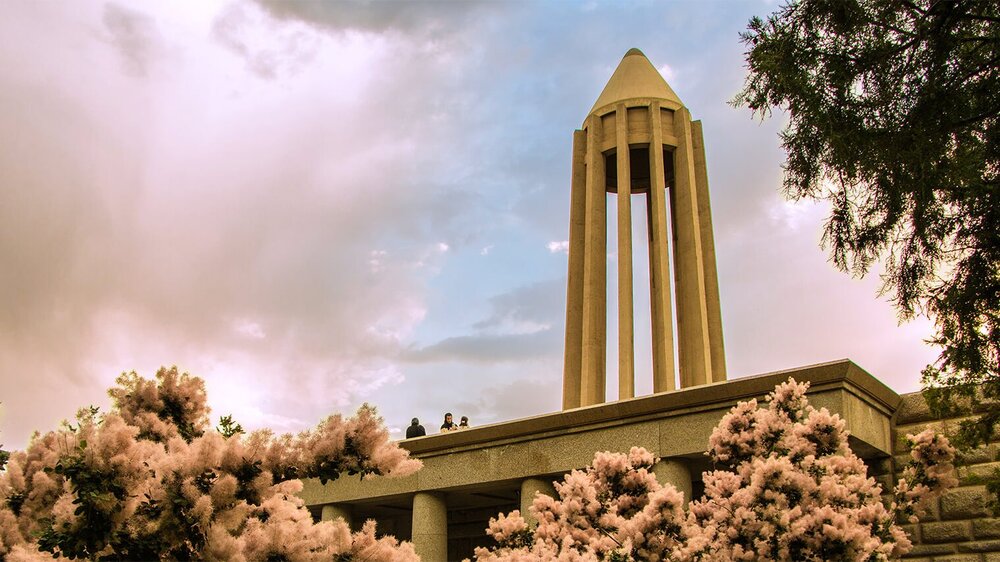Iran (IMNA) - Ibn Sina or Avicenna was a great physician, poet, philosopher and scientist of his time in Iran. He was born in Bukhara in 359 SH, and died in Hamedan in the late 416 SH. He wrote about 450 books regarding various fields, especially medicine and philosophy.

His famous works include The Book of Healing (al-Shifa) and The Canon of Medicine. "The Canon of Medicine" was translated into many languages and until the 18th century, the book was taught to the students at the central universities in France, Spain, Italy, England and Germany.
Avicenna's tomb was constructed during the Qajar era in Hamedan, then Iran's National Heritage Organization built a new mausoleum in 1952. The site where Avicenna is buried, used to be his close friend's house, Abu Saeed Dakhok. Abu Saeed was also buried beside Avicenna.

Avicenna's mausoleum was built based on the mixture of old and modern architecture. The original idea of this mausoleum which was presented by Hooshang Seyhoun got from the Gonbad-e Qabus; but, the architectural style of these two monuments is somehow different; Gonbade Qabus has 10 columns, but Avicenna's mausoleum has 12 columns. There pillars refer to the 12 field of science he knew well. The mentioned columns are connected to each other at the top.

Avicenna's statue is located on the east side of the complex, holding a book in his hand. There is a library, a small museum and a monumental marble statue next to the mausoleum. The museum which is situated in the southern hall of the mausoleum has an extensive collection of millennium BC and Islamic eras like potteries, coins, bronze stuff and other valuable objects.
The library is located in the northern hall and includes 8000 volumes of handwritten and printed Iranian and foreign books, some books in the library were written by Avicenna. It really worth to visit this mausoleum and enjoy its beauties. Its amazing architecture and awesome museum will catch everybody's attention.



Your Comment